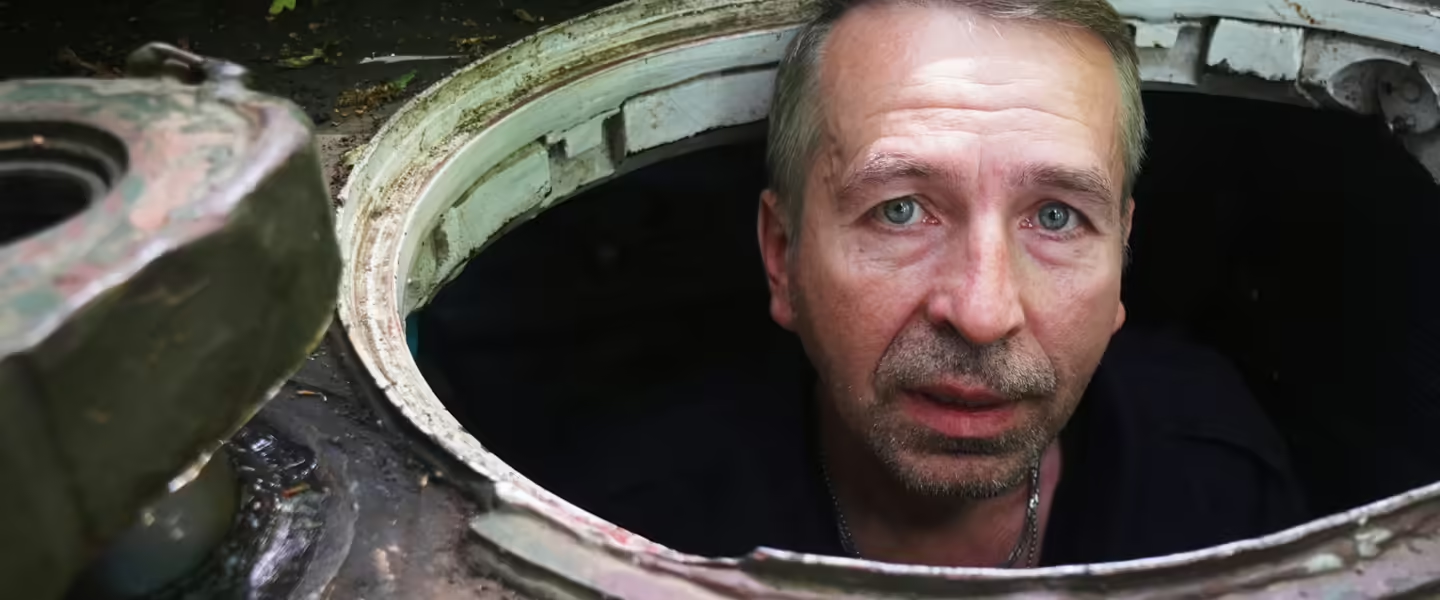FPV drones are being touted as a cheap way to destroy expensive armored vehicles, but experts caution we shouldn’t overestimate their effectiveness.
|
Listen To This Story
|
The war in Ukraine is evolving rapidly, and first-person view (FPV) drones look more and more like the latest game-changer. Andriy, who commands a T-72 tank in Ukraine’s 3rd Tank Brigade, says the difference today is that now everyone knows where you are. “Tanks are not as effective as they used to be,” he says. The reason is the increased Russian use of drones, which can be used to call in Russian artillery with lethal accuracy.
For the moment, Andriy’s tank and several other T-72s are hiding next to a cluster of trees near the front line in eastern Ukraine. Russian drones are cruising overhead, looking for opportune targets to strike.
Yaroslav, a 22-year-old tank commander who has already experienced numerous battles since the full-scale Russian invasion, agrees. “Back in 2022, we could work for hours without having to worry about Russian drones,” he says. Surveillance drones fine-tuning Russian artillery fire have made his job more difficult and dangerous, and the introduction of suicide FPV drones has made it much worse.
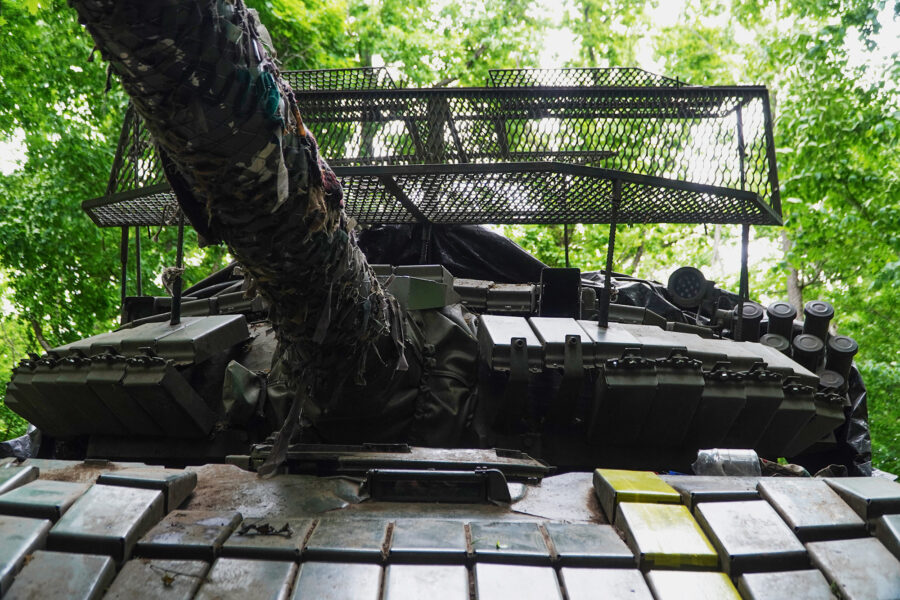
Yaroslav says the drones have made it 10 times more dangerous to use tanks, and even when there is active fighting it is much rarer to deploy conventional armor. “We use EW (electronic warfare) against the FPV drones,” he says, “and we try to hide.” Tree cover in the forest provides some protection, but the drones mean that you have to keep moving. Yaroslav estimates that, at best, he can fire off five shots before being spotted. “If you don’t move, you are immediately spotted and smoked,” he says.
He adds that the key Russian objective is to destroy Ukraine’s tanks. Not surprisingly, he is an advocate for Western help in stopping the drones.
A Changing War
FPV drones, which let an operator follow the drone’s movement in real time, have managed to get most of the attention on social media. Relatively inexpensive to produce, they have revolutionized warfare in Ukraine and, as some experts see it, may be on the point of threatening to make armor obsolete.
Ukraine’s President Volodymyr Zelenskyy has pledged that Ukraine will produce a million drones in 2024 and retake the front-line initiative. The emphasis on FPV drones began in earnest in 2023. Ukraine’s Ministry of Digital Transformation has launched an engineering course to teach the public how to assemble FPV drones at home. The effect has been to boost the number of suicide drones currently operating on the frontlines.
FPV drones often cost as little as a thousand dollars to produce, but are they a real game-changer, or just hype?
Ulrike Franke, an expert on drones who is a senior policy fellow at the European Council on Foreign Relations, says that although drones have changed battle on the front line, they are not the ultimate tank-killer that social media suggests. Franke thinks that the increased use of drones equipped with RPGs (rocket-propelled grenades) and explosives can be attributed more to their availability than to their effectiveness. “If you have the choice,” Franke says, “I don’t think that you will go after a tank with FPV drones alone. Their rate of success is only around 20 percent to 30 percent. You need a lot to make an impact.”
With Ukraine running short of anti-tank weapons and artillery ammunition, Franke thinks the increased reliance on drones has largely been a stopgap measure. “Ukraine doesn’t have enough anti-tank weapons,” she says, “so part of the explanation for the increased use of drones is that Ukraine does not have enough of the other systems.”
A Game of Catch-up
Last February, Andrei, a local drone commander, and his team from Ukraine’s 21st Brigade were sitting in an abandoned house on Ukraine’s front line, transforming inexpensive Chinese commercial drones into deadly suicide drones. At that point, Andrei said, his team was modifying around 15 drones a day but could have easily produced 50 a day if they had the money to purchase more. They used all the drones they had because the Russians were attacking relentlessly nearby and threatening to break through Ukrainian lines. Ukraine was running out of ammunition. The drones were keeping the Russians in check, but Ukraine needed more.
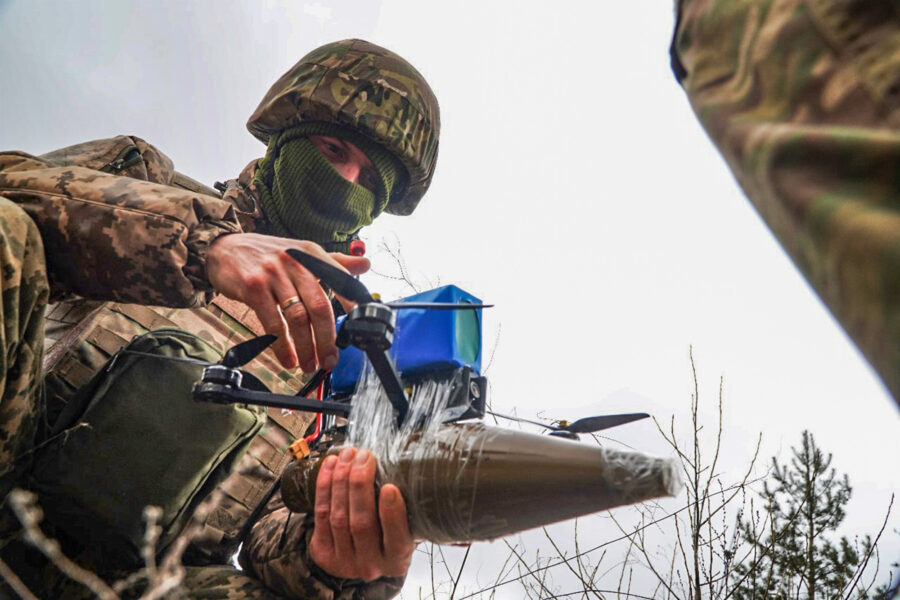
“This is a technological war,” Andrei said. “It’s a technological race. It may seem primitive, but the drones are actually extremely effective.” Andrei admitted, however, that the drones were not a total substitute for artillery and mortars. Andrei had a number of videos of Ukrainian suicide drones hunting and neutralizing Russian infantry and armor, but he added that killing a tank was still tricky.
Both sides were also developing electronic warfare systems to neutralize communication with the drones. “What might work today might not work tomorrow,” Andrei said. In the competition to develop new ways of using drones, Andrei noted that the Russians were ahead one day, Ukraine the next. “They can beat us when it comes to the number of drones,” he said. “They have more people who can build drones.”
Although the drones are impressive, Andrei pointed out that the drones are limited in how much they can carry. Along the front lines, it’s hard to find a soldier who doesn’t value the power of an artillery shell over an FPV drone.
Still Talking About Artillery Shells
Michael Kofman, a senior fellow in the Russia and Eurasia Program at the Carnegie Endowment for International Peace, also questions the extent to which drones are a game changer. Kofman suggests that changes along Ukraine’s front lines were already becoming apparent before the increased emphasis on drones.

“You basically have the situation that developed with the introduction of airpower in World War I,” he says. “It was an important development in military technology, even if it did not make that much difference in the outcome of the war.”
“It takes more than technology to drive major change in the character of war,” Kofman says. To be a real game changer, drones would need to have an impact on operational planning and the military’s capacity to employ the technology as well as changes in force structure.
“In the end,” Kofman says,” the question is: What is the net effect? Does this technology allow you to attain a decisive advantage or neutralize your opponent’s advantage?” Kofman points out that the FPV drones are relatively easy to jam, and that at least so far they have not replaced other systems on the battlefield. He adds that many of the videos of FPV drones supposedly having hit tanks may actually be of tanks that either hit a mine or were otherwise disabled.
“These technologies still exhibit a host of constraints,” he says. “Many people believe things about FPV drones and what they can accomplish that are simply not true. The technology hasn’t matured enough to do those things.” Kofman admits that drones have been effective at denying mobility on the battlefield, usually within a range of about 6 miles, and especially during daytime. Cheap thermal cameras and AI may extend current capabilities.
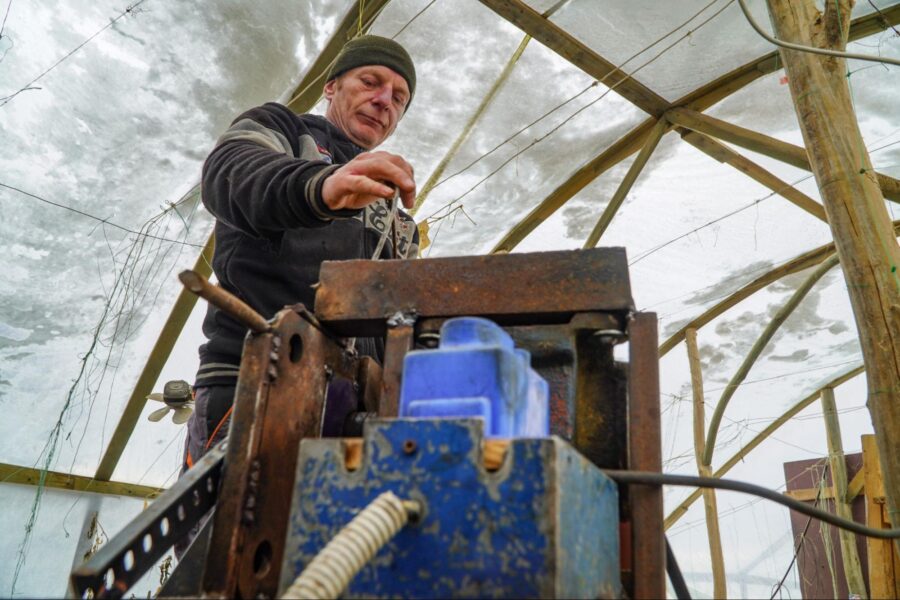
The Nagorno-Karabakh Example
Both Kofman and Franke consider the war between Armenia and Azerbaijan to have been another test of the effectiveness of drones in combat situations. Azerbaijan’s use of Turkish-manufactured Bayraktar TB2 drones against Armenian tanks in the offensive against Nagorno-Karabakh was effective. The Armenian tanks were sitting ducks, largely because Armenia lacked the air-defense capability to protect against them.
Many observers at the time considered the Turkish TB2 drone to be the future, but two years later when Russia invaded Ukraine, the TB2 drones were immediately neutralized. Both sides had anti-drone systems. “What works in one war, doesn’t necessarily transition to another war,” says Franke.
Back at the 3rd Tank Brigade on Ukraine’s front line, the commanders are also reluctant to write off tanks quite yet. Tanks are still essential in stopping Russian troops on the move and they provide cover for infantry soldiers on the attack.
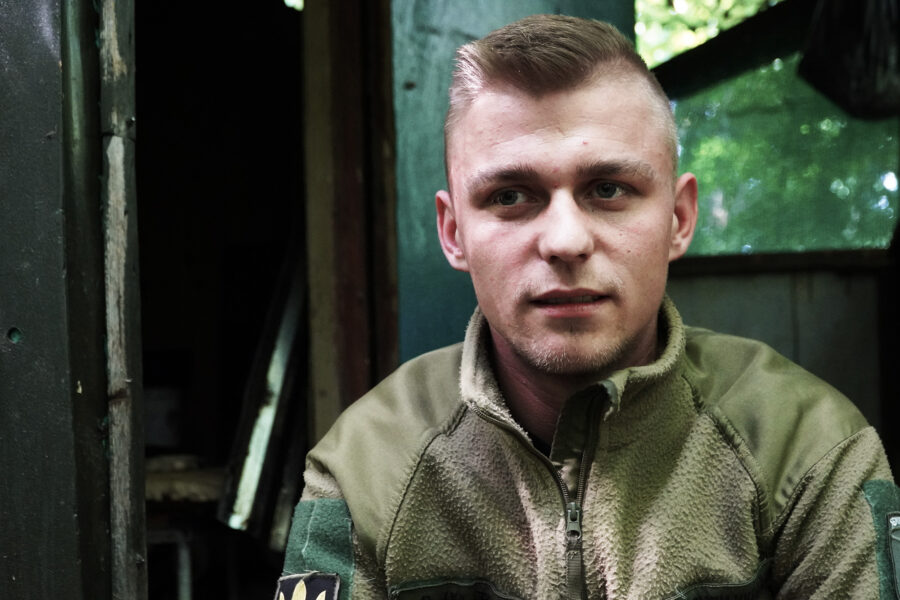
“Drones mean a lot; no question about it,” says Yaroslav, “but without tanks on your side, it is not going to be easy. I am sure that any infantry soldier will tell you that. Without us, they have no cover, and it is not easy to break through the lines.”
These days, Ukraine’s tanks on the battlefield are equipped with iron nets to shield them from FPV drones, and they have electronic warfare systems. Jamming the drones, however, means constantly adapting to Russian countermeasures. What might work today, might not tomorrow.
“Tanks are still important,” says Yaroslav. “And so are the drones.”
